culture, edo period, samurai
Japan’s Most Famous Historical Samurai & Warriors
Linh Le
Posted on September 27, 2022
Share:
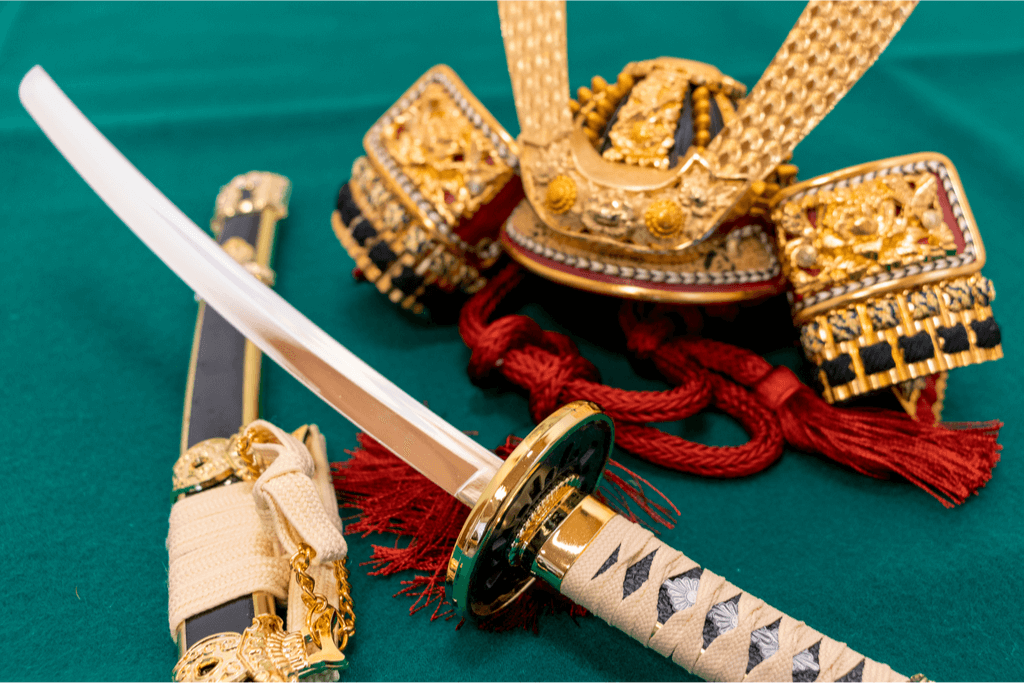
Samurai, known as the legendary warriors of historical Japan, are the undying loyal subordinates of the daimyo (feudal lords). In Japan, samurai are the ideal image that represents all the best qualities of a warrior: morality, courage, respect, loyalty. Let’s take a look at some famous Japanese warriors in history.
1. Oda Nobunaga
As one of the most influential figures in Japanese history, Oda Nobunaga was also a talented leader who laid the foundation for the unification of Japan, ending the long period of war across the country. His two heirs, Toyotomi Hideyoshi and Tokugawa Ieyasu completed efforts to unify the country.
Nobunaga was famous for the battle of Okehazama (located in present-day Aichi Prefecture), where his territory was invaded. Still, he managed to attack back the enemies and win the battle.
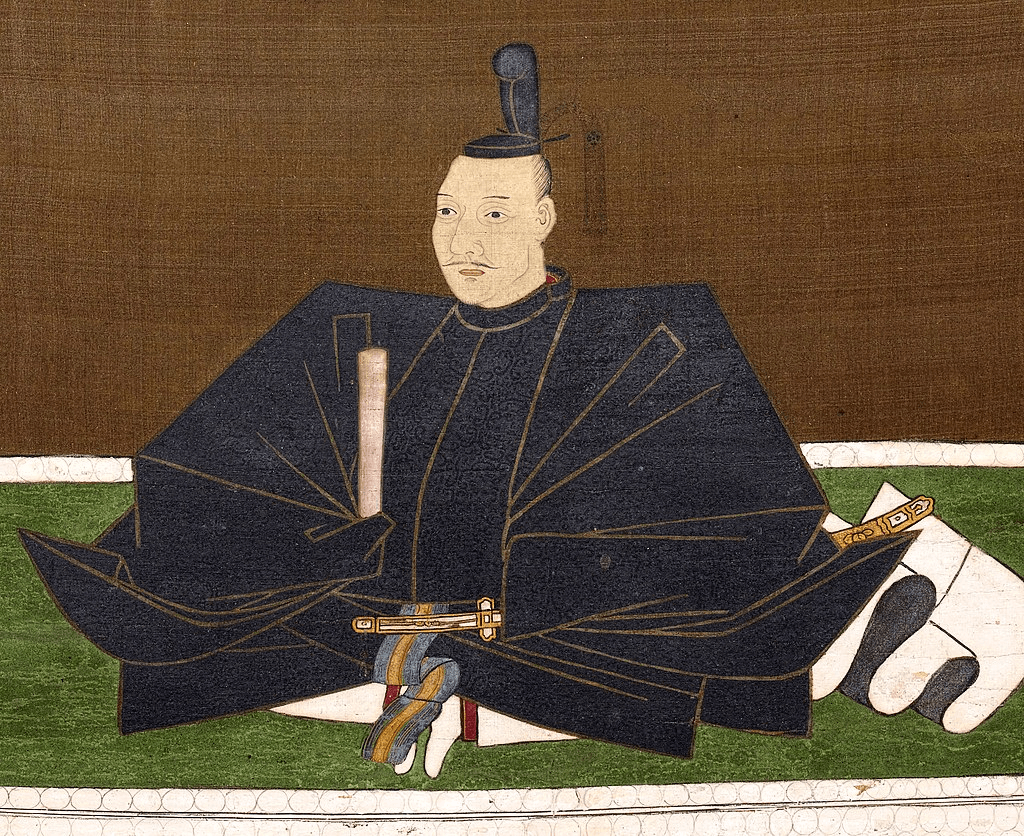
Nobunaga won many more battles over the next few years to unite the country. However, in 1582, just before the successful completion of Japanese unification, one of his generals, Akechi Mitsuhide, suddenly betrayed and attacked Nobunaga at Honnoji Temple in Kyoto. After his enemies forced him into a corner, Nobunaga decided to set fire to the temple and then died by ritual suicide.
2. Toyotomi Hideyoshi
Born into a family of hard-working farmers, Toyotomi Hideyoshi became a standout military officer. Although the shogunate had yet to be established, his post as regent in 1585 was far more than that. With the help of the mighty lord Ieyasu, Hideyoshi conquered Kanto-area districts in 1590.
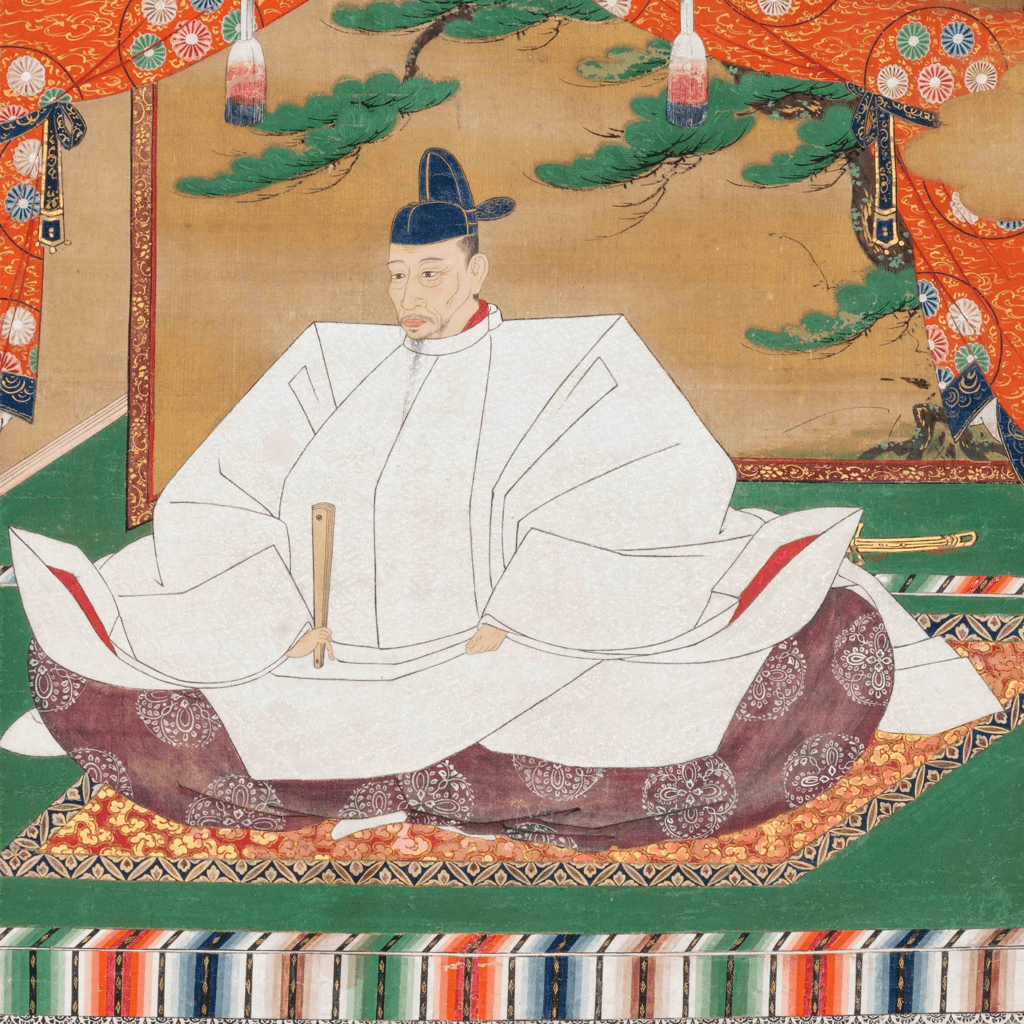
Afterward, he marched abroad intending to conquer both Ming Dynasty and North Korea, but Hideyoshi died suddenly in 1598. At that time, his influence was still so significant that the Council of Five Elders (consisting of the five most powerful daimyo at the time) decided to keep it a secret so as not to affect the military. However, a month later, they announced the withdrawal.
Interested in Japanese history and culture but cannot come to Japan? Don’t worry because all you need is a sweet box from Sakuraco! Sakuraco delivers traditional Japanese snacks, sweets, tableware, teas, and more from local Japanese makers right to your door!

3. Tokugawa Ieyasu
As mentioned above, Tokugawa Ieyasu is one of history’s most famous Japanese warriors. After the critical Battle of Sekigahara (present-day Gifu Prefecture) in 1600, Tokugawa Ieyasu became the founder and the first shogun (a title of military dictator) of the Tokugawa shogunate in 1603. Tokugawa’s dictatorship opened an alternative era of peace in Japan, which lasted until the Meiji Restoration in 1868.
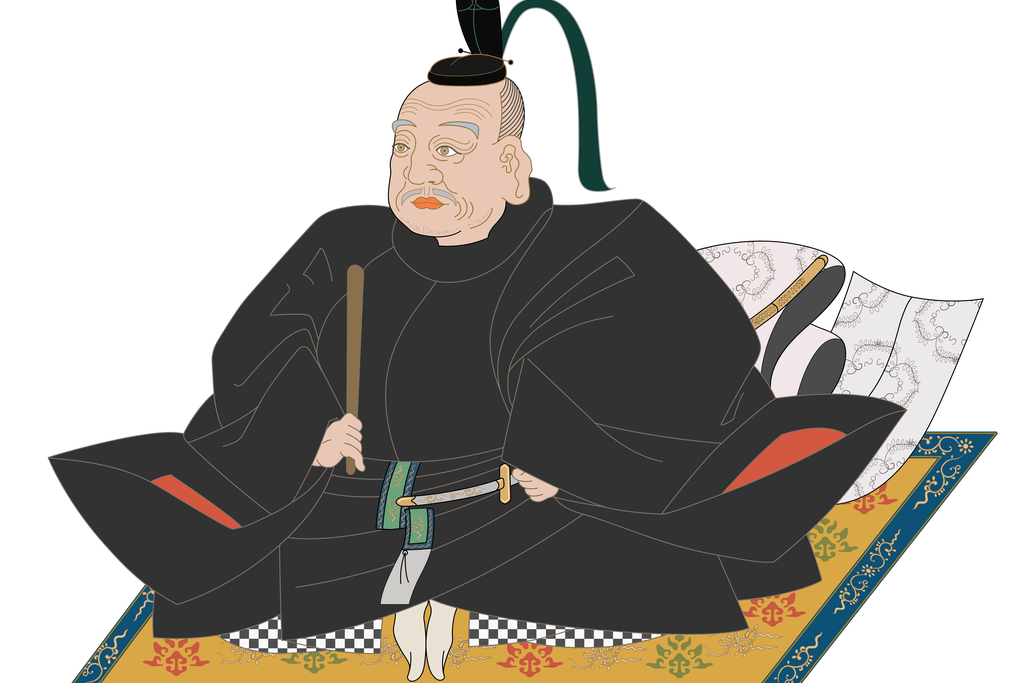
Tokugawa Ieyasu also contributed to Edo’s construction into a bustling town and port full of artisans, merchants, and laborers. He built castles, stone walls, railings, monumental gates, and rice warehouses surrounded by daimyo households. He, Oda Nobunaga, and Toyotomi Hideyoshi are “The Three Great Unifiers of Japan.”
4. Miyamoto Musashi
Miyamoto Musashi was a master swordsman, martial philosopher, and a ronin (a wandering samurai with no lord or master). Musashi has become famous for his perfect and unique twin swordsmanship and his unbeaten record in 61 duels. He founded the Hyōhō Niten Ichi-ryū – a school of swordsmanship. Musashi also wrote The Book of Five Rings (a text on kenjutsu and martial arts) and Dokkōdō.
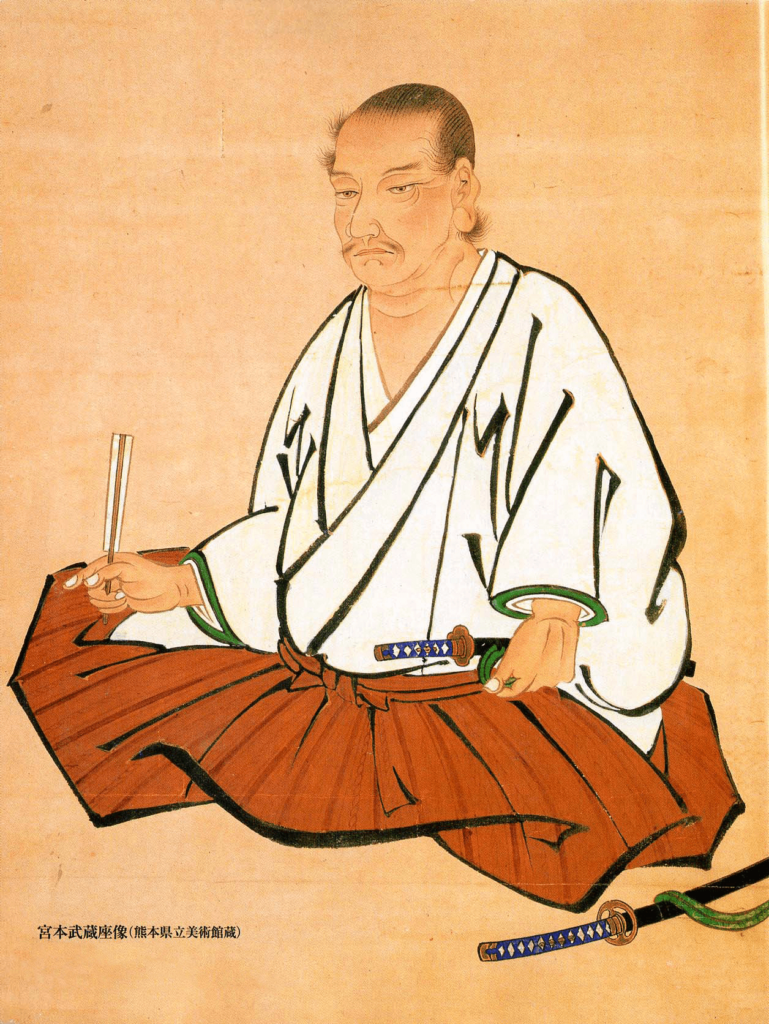
This great samurai grew up during the country’s turbulent times, and he served in Hideyoshi’s forces, later becoming a ronin. Musashi spent the next few years touring Japan and challenging many others to improve his military skills. Eventually, his reputation began to precede him, especially after the last match against Sasaki Kojiro. This was also Musashi’s most famous battle that helped Musashi become Japan’s greatest swordsman.
Later, he became a martial artist and pursued the philosophies of Zen Buddhism. He then studied several other subjects, such as calligraphy and painting. By 1643, Musashi seemed to feel his imminent death and began writing his autobiography just two years after completing the Book of Five Rings.
5. Uesugi Kenshin
Uesugi Kenshin was one of Japan’s most powerful military figures in the 16th century and one of the most powerful lords in the Sengoku period. He is the third son of the head of Echigo Prefecture (present-day Niigata) in northeastern Japan. With his father’s death in 1543, control of the family’s area also began to disintegrate.
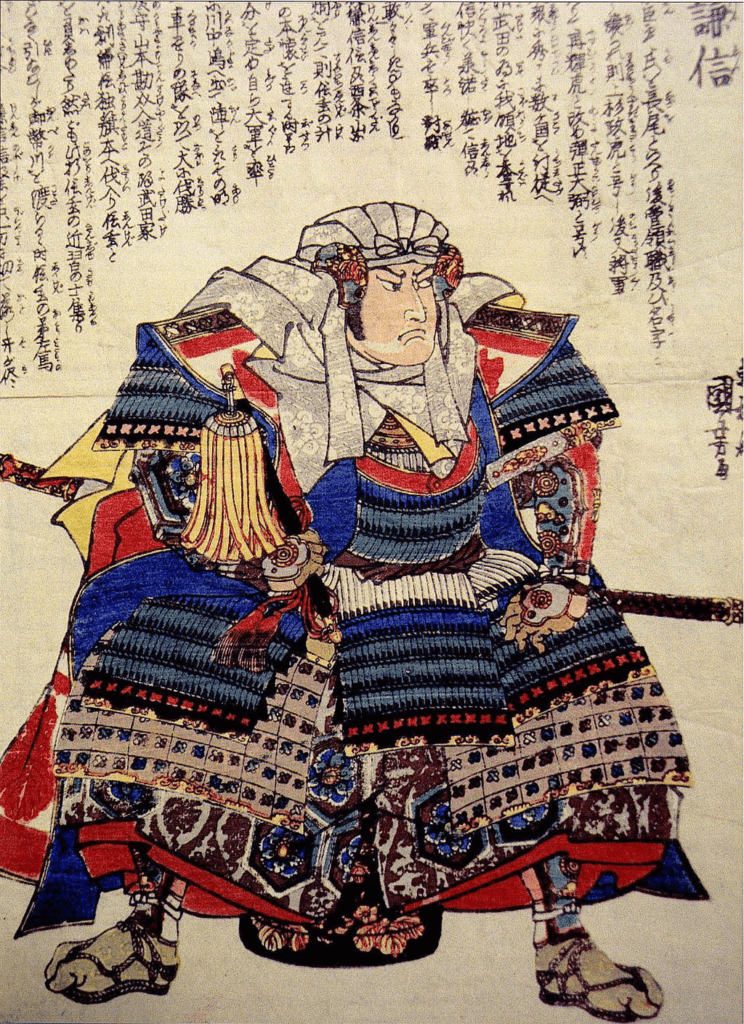
After that, he restored order to the region and took control of neighboring provinces, becoming one of the strongest warriors in the Kanto area (present-day prefectures such as Tokyo, Chiba, Kanagawa, and Ibaraki).
Uesugi Kenshin is known for his skill in martial arts and bravery in fierce battles—one of his most legendary confrontations with Takeda Shingen – another notorious feudal lord.
6. Hattori Hanzo
Hattori Hanzo was not one of the most famous Japanese warriors but also a famous Sengoku ninja (1467-1615). People know Hanzo for assisting Tokugawa Ieyasu in his quest to unify Japan. He has many nicknames, but the most famous is still “Hanzo the Ghost” or “Devil Hanzo.”
Those names originated because of the mystery surrounding his supernatural abilities. Historians link Hanzo to the mystical art of ninjutsu, which combines stealth, espionage, sabotage, camouflage, and deception. No one can explain Hanzo’s true abilities or the full range of abilities.
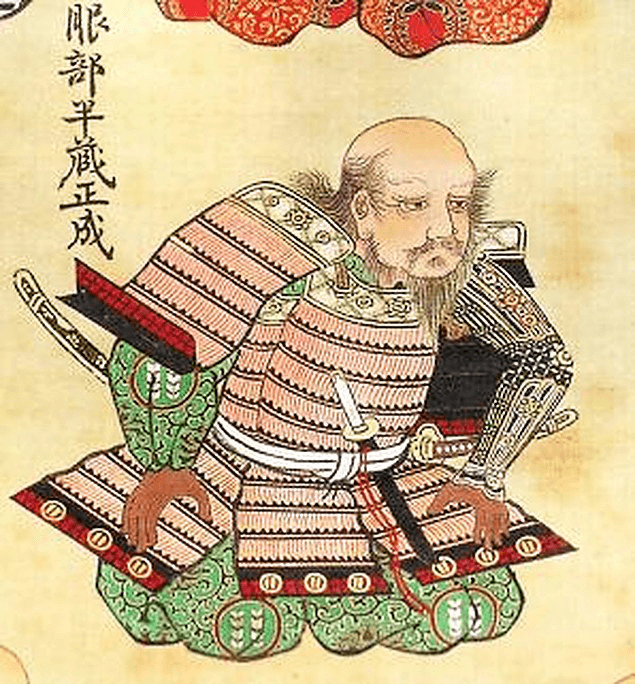
At the end of his life, he built a Buddhist temple (in what is now Tokyo’s Shinjuku neighborhood), became a monk, and changed his name to “Sainen.” The temple, Sainen-Ji Shrine, is still in operation today.
Japanese history has written down the names of many more legendary warriors. Have you heard about any of these six warriors? Do you know any other famous samurai and Japanese warriors? Let us know in the comment below!

Discover authentic flavors with Sakuraco
Get Sakuraco 

Discover authentic flavors with Sakuraco
Get Sakuraco 
Related Articles

Japan in June: Five Amazing Outdoor Events!
Japan in June marks the start of the amazing summer festival season! Today, we’ll cover some of June’s more well-known celebrations and competitions nationwide!
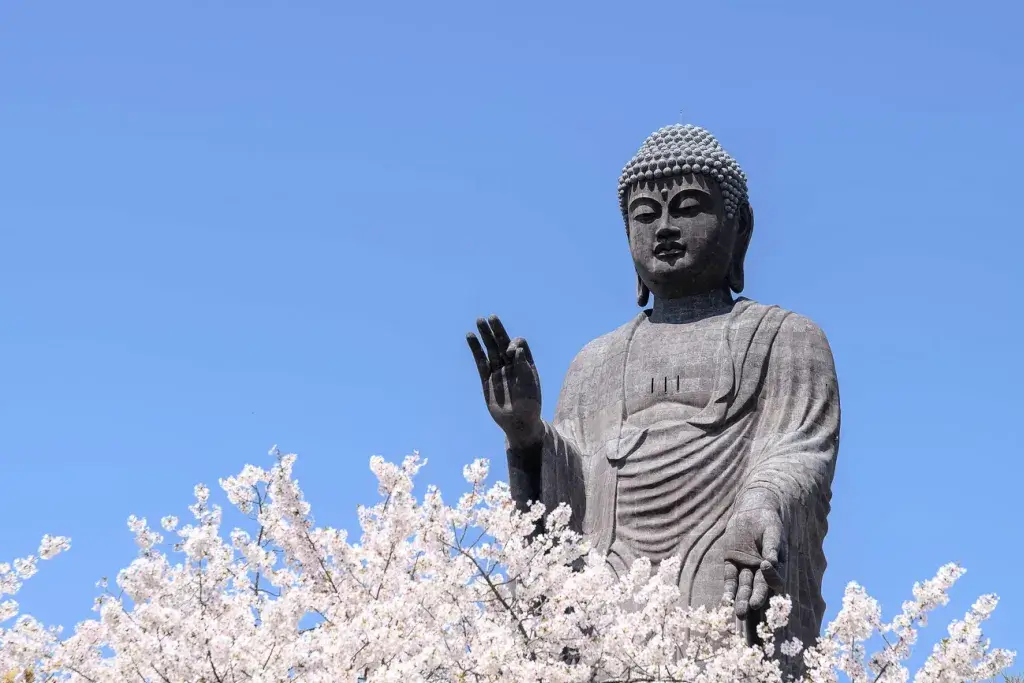
Ushiku Daibutsu and Other Great Buddhas of Japan!
The top of the standing Ushiku Daibutsu Buddha is over 100 meters off the ground. Some are centuries old, and others were erected in the 1800s. Let’s look at some amazing Buddha statues across Japan.
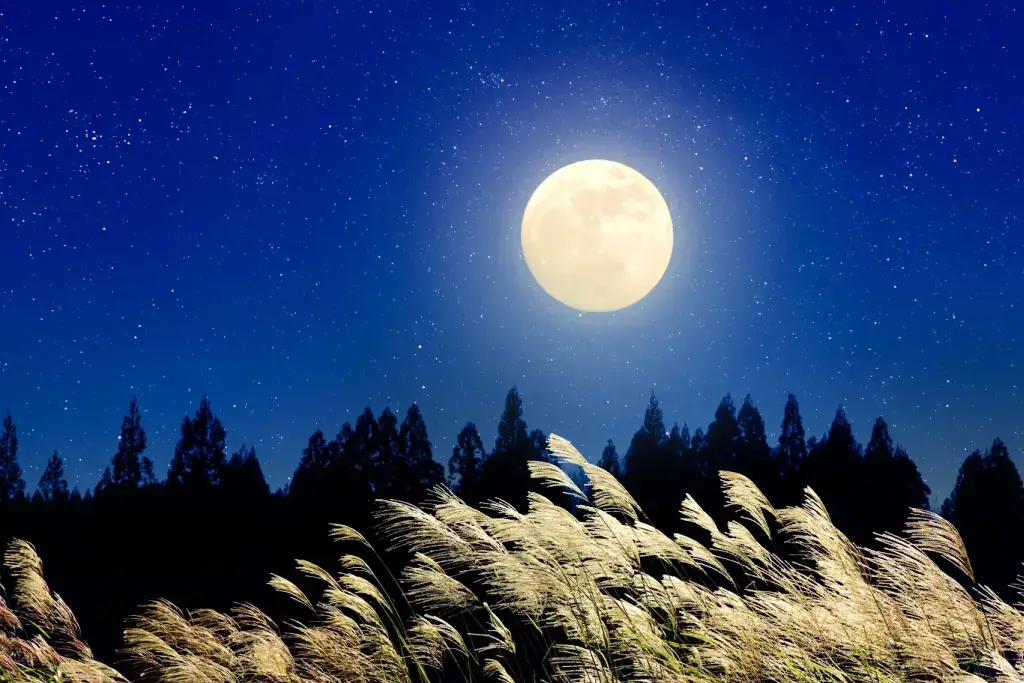
Tsukimi: The Ultimate Guide to the Mid-Autumn Moon Festival!
The tsukimi season casts an enchanting aura over Japan each autumn when the full moon reaches its brilliance. Here’s everything you need to know about it!
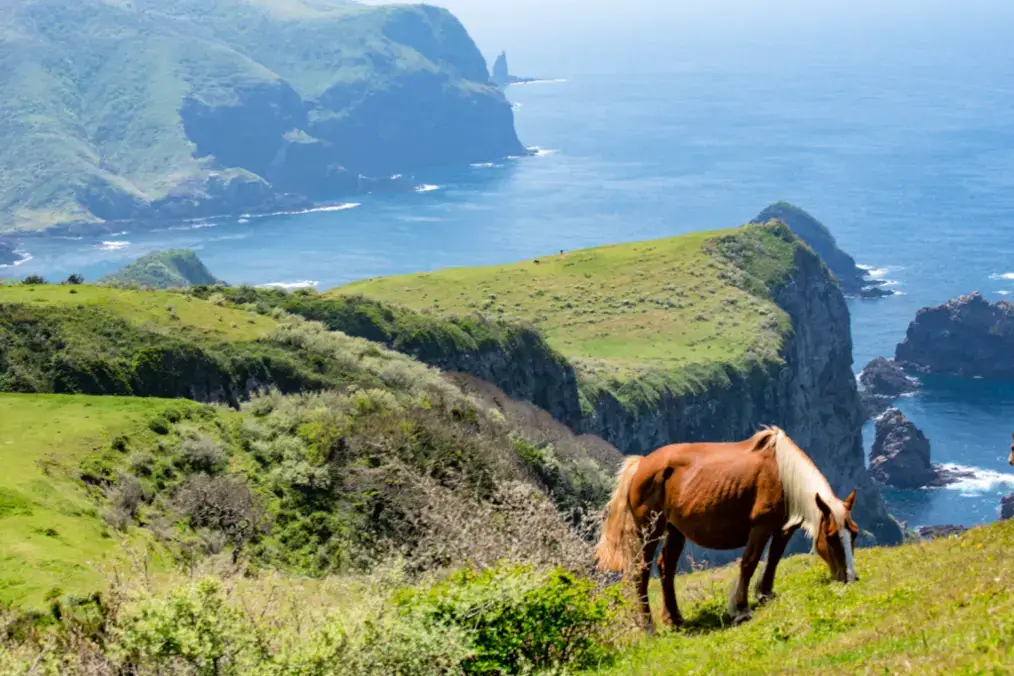
Shimane Prefecture: Five Great Places to Visit!
Shimane Prefecture is famous for its natural beauty, rich cultural heritage, and unique artistic landmarks. Join us to discover five must-visit destinations here together!


